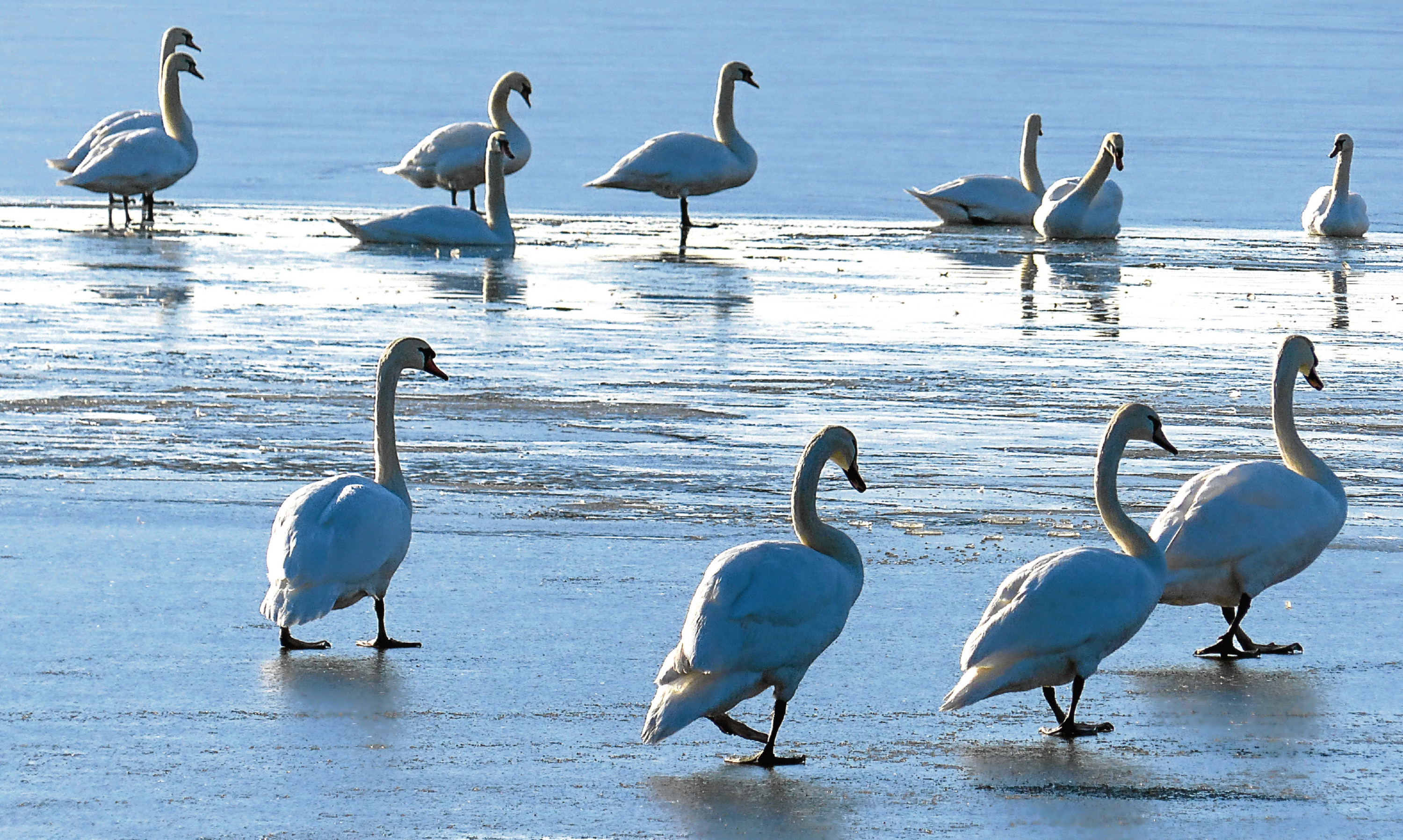Here is a photograph for you to consider.
I am no one’s idea of a wildlife photographer, so I have a bit of a cheek calling this image to your attention at all (if you want to see what the art of a proper wildlife photographer looks like, see Laurie Campbell’s website: you won’t regret it).
Meanwhile, the point of showing you my photograph is to write about ways of seeing things and how to get better at it.
I am fascinated by art and artists and have been lucky enough to have a handful of good artists as friends.
Through them, I have picked up something of how an artist sees, in ways which lesser mortals don’t, lesser mortals like writers.
It should also be admitted that in the process, I have picked up nothing at all – alas – of how a good painter paints.
But on good days, I find that something of their generously shared techniques has rubbed off and insinuated itself into the way I write something down and for a nature writer, that’s the Holy Grail.
The first inkling I ever had of all this – about 25 years ago now – hit me so forcefully between the eyes that I was compelled from that moment to reevaluate the way I looked at everything and therefore, the way I write.
I was working on my very first proper wildlife book, Waters of the Wild Swan (Jonathan Cape, 1992) and by one of those enlightening coincidences which have occasionally punctuated my writing life, my research encountered a book called Bird Portraiture by one of the greatest wildlife artists, Charles Tunnicliffe.
In it, I found a passage of pure gold dust, in which he dismissed the very idea of a swan as a white bird.
If you look at the photograph, you will see that he was right. There are 12 swans and not one of them is white.
Tunnicliffe then elaborated on those properties of a swan’s plumage which borrow from the influences of light, shade and tone and colour of the bird’s immediate surroundings.
He said: “Notice the yellow tinge in the feathers of neck and upper breast and the cold, bluish purity of the back, wings and tail.
“Note also the colour of the shadowed under-surfaces and how it is influenced by the colour of the ground on which the bird is standing.
“If he is standing on green grass, then the under-parts reflect a greenish colour, whereas if he were on dry, golden sand, the reflected colour would be of a distinctly warm tint; or again, if he were flying over water, his breast, belly and under-wings would take on a colder tint, especially if the water were reflecting a blue or grey sky…”
Low, strong sunlight changes everything.
“…only his upper surfaces are lit by sunlight, the rest of him being in shadow and appearing dark violet against the bright water…”
Or if, as in the case of my photograph of mute swans on Loch Leven last winter, the swan is not on water at all but on dull, blue-grey ice, that changes the palette too.
Despite the strong, low sunlight, only the edges of the birds’ necks and highlights on tails and folded wings are lit and there is a lilac cast to the grey-blue unlit parts.
Once you get the hang of this, you start to surprise yourself with things that you never used to notice.
For example: again, despite the strong sunlight, the birds throw no shadows on the ice, only bits of reflections. So what was it about the particular quality of the ice that winter day that it declined to accommodate shadows?
At its most remarkable, the process of seeing and swans caught fire for me one winter afternoon when I stopped to watch two of them flying into a blood-red sunset. You would say they were orange.
But that incandescent shade was troubled by every wingbeat, for it appeared to flash on and off as the rising and falling wings caught the full glow of the sun, then shaded themselves.
Yet because I was watching the birds side-on, the sun would catch the under-side of the near wing and the top-side of the far wing of both birds, so the on-off effect was multiplied by four at every stroke of every wing.
Necks remained bright orange and bellies pink until a stand of trees intervened and shaded one bird but not the other; so they flew on, one bird smouldered, the other still working the magic trick but neither of them was white.
I wish you an illuminating 2017 and may you find new and entrancing ways of seeing the ordinary and the extraordinary in this beautiful land of ours.
